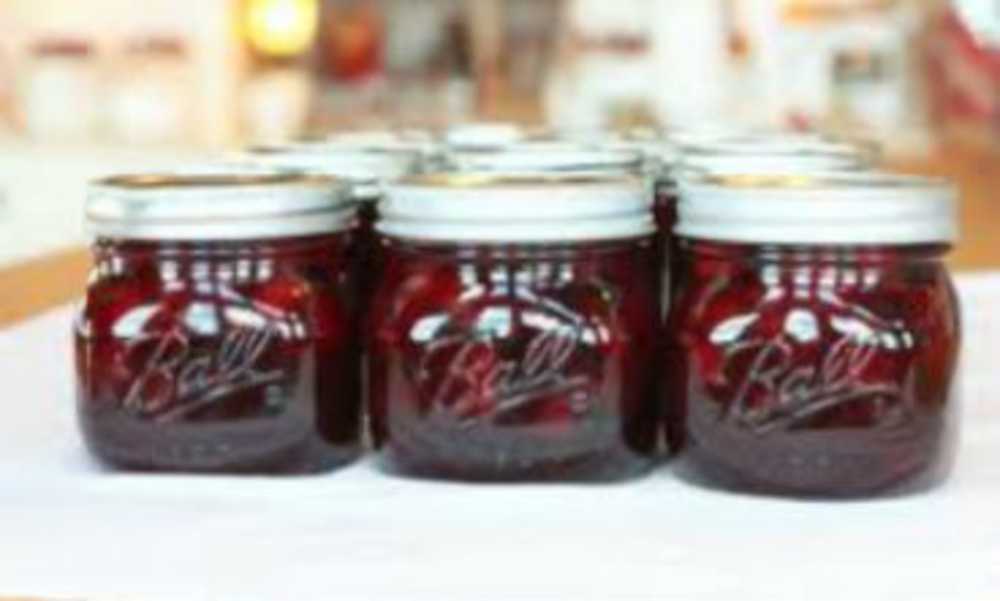Assumptions abound when it comes to marketing to millennials. But there are many effective strategies, as well. Jeffrey Fromm, EVP of advertising agency Barkley, and Chris Carlisle, senior director of marketing and consumer affairs of Jarden Home Brands, spoke frankly about both in Miami at the DMA’s Email Evolution Conference (EEC). Fromm, author of Marketing to Millennials, disclosed his secrets for targeting young consumers, while Carlisle revealed how a 127-year-old canning company proved that preserving jam isn’t just for grandmas.
The Young and the Restless
When it comes to marketing to millennials, or those born between 1977 and 1996, Fromm has five simple rules: engage early adopters of new technology, build a listening and participation strategy, make them look good to their peers, design a sense of adventure and fun into your brand, and keep their loyalty.
“If you follow these five rules, there’s no guarantee that you will have success,” Fromm joked.
Before marketing to millennials, a segment that accounts for 25% of the current U.S. population, marketers should discover how their millennial customers perceive themselves, Fromm advised. According to his EEC presentation, these perceptions ranged from tech-savvy, to lazy, to cool, to spoiled. Fromm also claimed that these young customers love to play a participatory role when investing in a brand and share their brand experiences with their peers.
“Participation means they want to co-create the products and services you’ll sell them, they want to co-create the customer journey…and they want to co-create the marketing,” Fromm said. “Share-worthy means that you enable them to feel good about themselves. Share-worthy is not about your brand.”
Fromm also encouraged EEC attendees to switch from a creative-excellence to a content-excellence model. He said that millennials are drawn to content that is “disruptive” and “challenges the status quo,” citing a humorously sardonic ad by Dollar Shave Club as an example.
Finally, Fromm noted that having children is the “most notable breaking point” for millennials and causes a drop in their interactive activities.
Jarden puts a lid on millennials preconceived notions
However, marketing to millennials doesn’t mean solely focusing on the early twenty-somethings of the world. Ball Brand home canning products, a Jarden brand, started marketing to older millennials by homing in on a specific audience segment: the “Hollys.” Jarden’s Carlisle described Holly as a 25 to 44, D.I.Y.er who enjoyes crafting, visiting farmers markets, and enhancing her home through décor and food. Carlisle said Ball decided to target the mature millennial segment after detecting a “leaking bucket” of older consumers trickling away from Ball products.
Keeping the Hollys in mind, Ball aimed to rejuvenate its consumer portfolio, enhance brand awareness and product conversions, and improve its e-commerce capabilities. Meeting these objectives was no easy feat; Ball’s target audience lacked the confidence and knowledge of food preservation that had once been passed down through generations.
“She’s so intimidated by the process, she’s not even looking into it,” Carlisle said.
Rather than asking these older millennials to tackle the art of canning alone, Carlisle said Ball took their branding efforts to social to invite millennials’ friends to embark on this new endeavor with them.
“Rather than talking at this woman, [our strategy] was talking with this woman,” Carlisle said.
Given that millennials tend to perceive themselves as technologically savvy, Carlisle said Ball promoted its FreshTECH Automatic Jam & Jelly Maker—a device that can create a jar of jelly or jam in 23 minutes. Carlisle said introducing this product also helped erase preconceived notions of food preservation being a daylong endeavor.
To lure in more Hollys, Ball incorporated ratings and consumer reviews on its Facebook page and website. Ball also bulked up its email list by visiting farmers markets and hosting product-focused house parties, which helped it identify brand advocates. In addition, Ball teamed up with brandlive, a software company that fuses video with chat to mimic in-person interactions, to provide consumers with a way to ask the brand product questions and learn preserving tips. In addition to these digital events, Ball also hosted live events including Can-It-Forward Day, which taught consumers tricks of the canning trade.
So did Ball’s targeting efforts deliver sweet results? Carlisle says targeting mature millennials helped boost household penetration by 7%, number of Facebook fans by 40%, web traffic by 30%.








